 Hybrid Work
Hybrid Work
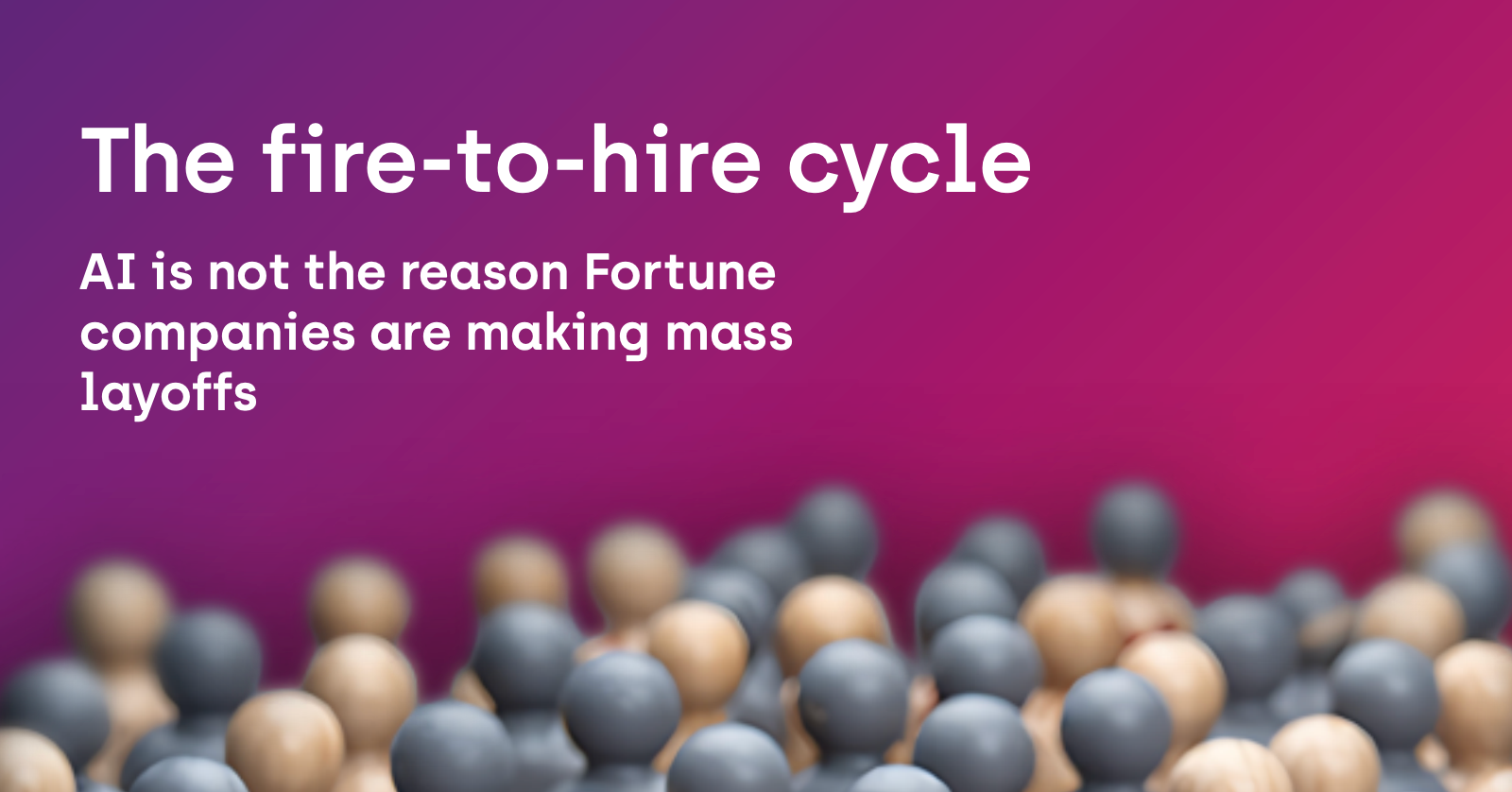 Hybrid Work
Hybrid Work
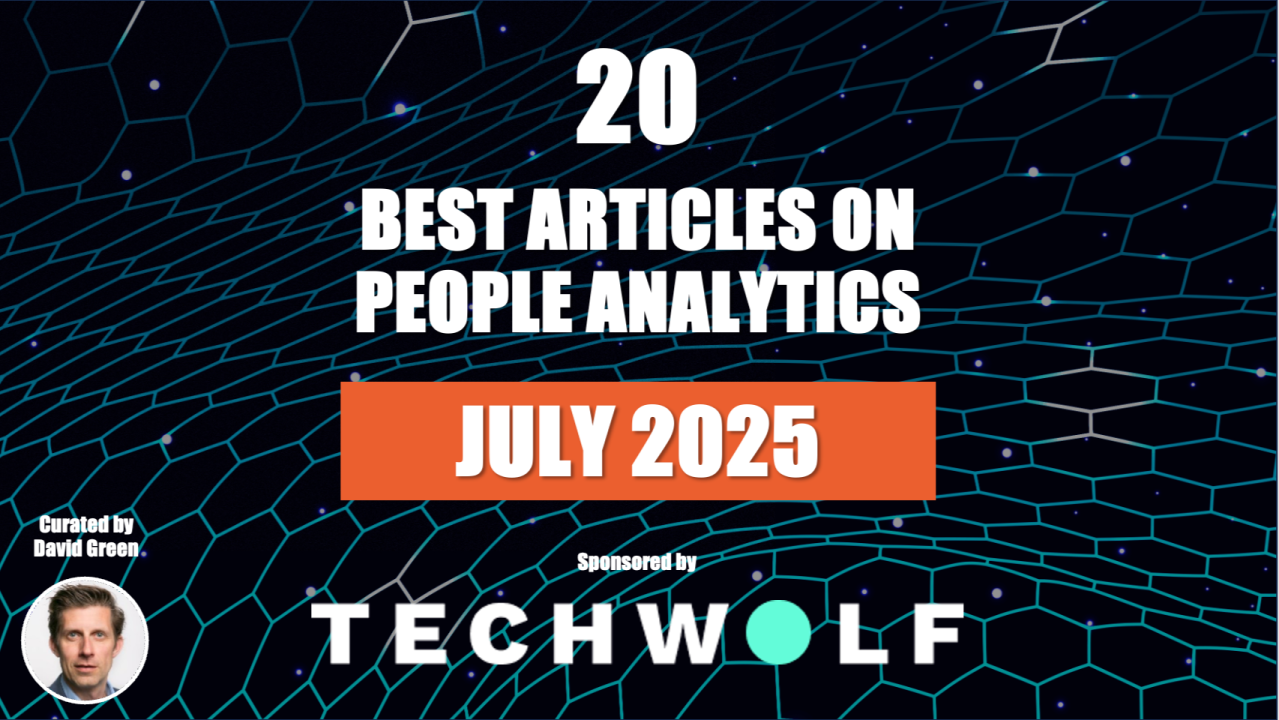 Hybrid Work
Hybrid Work
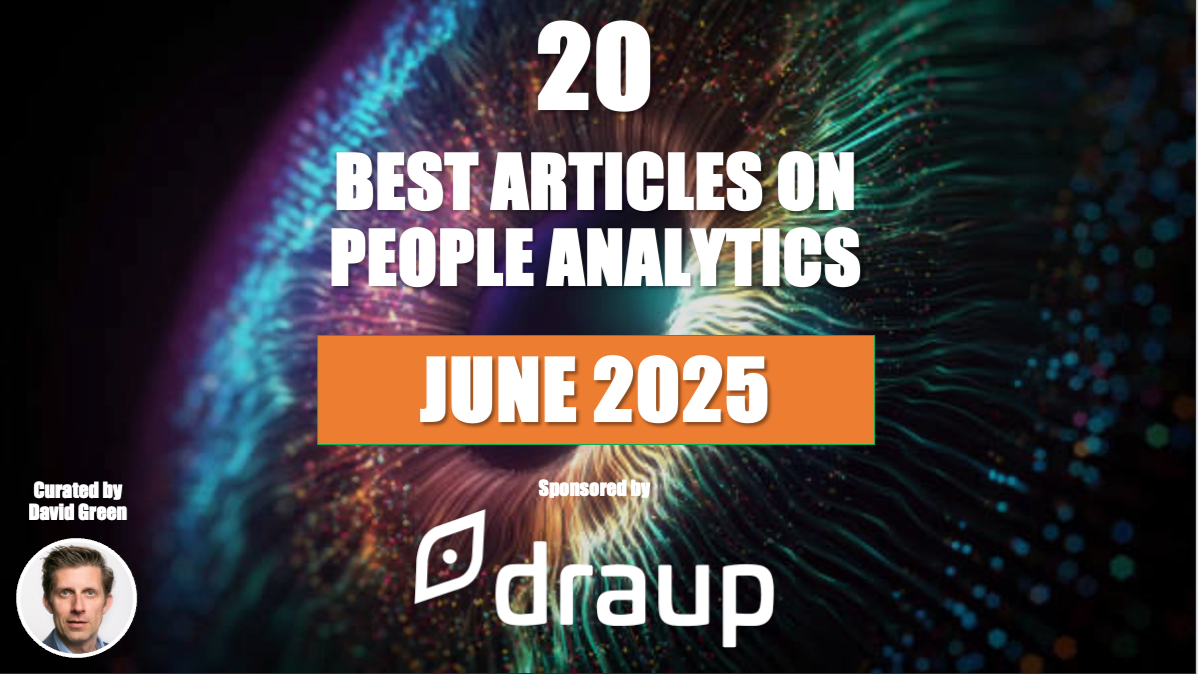 Hybrid Work
Hybrid Work
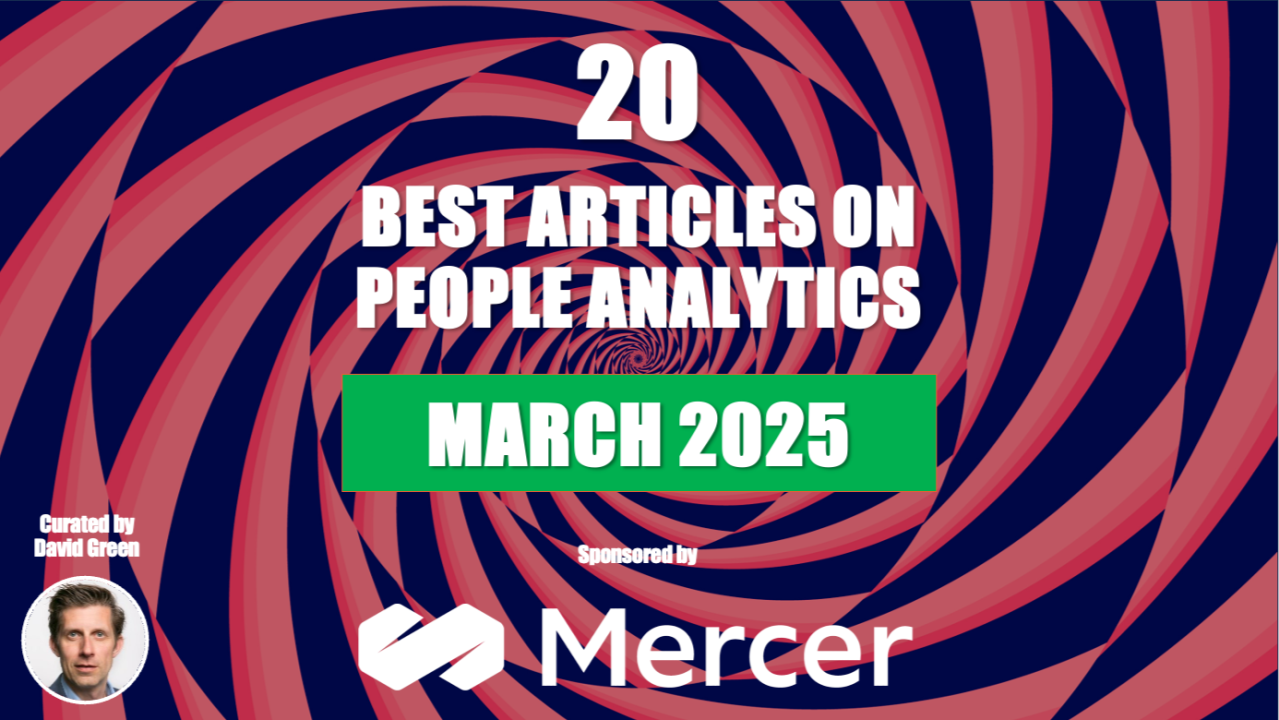 Hybrid Work
Hybrid Work
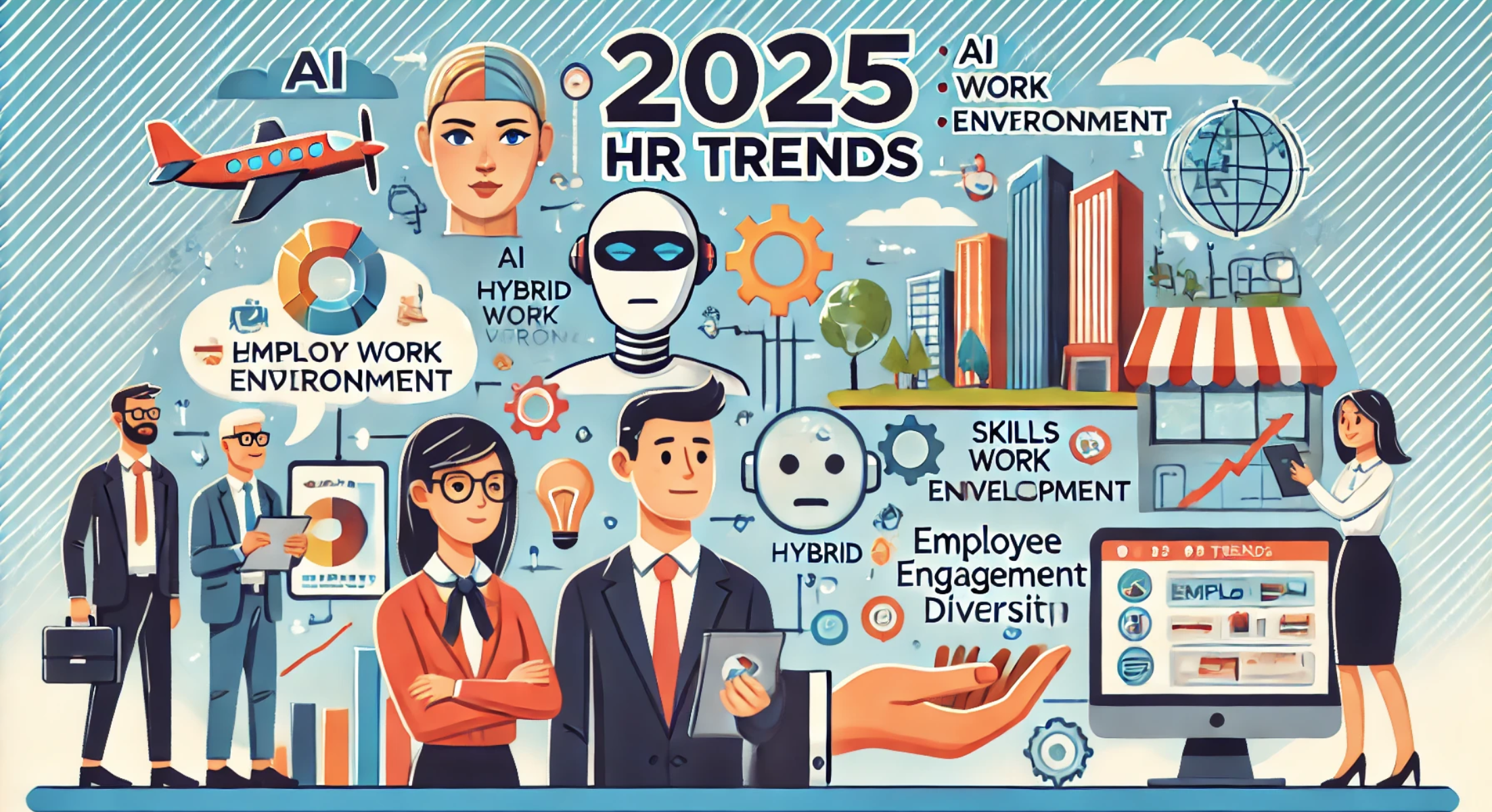 Hybrid Work
Hybrid Work
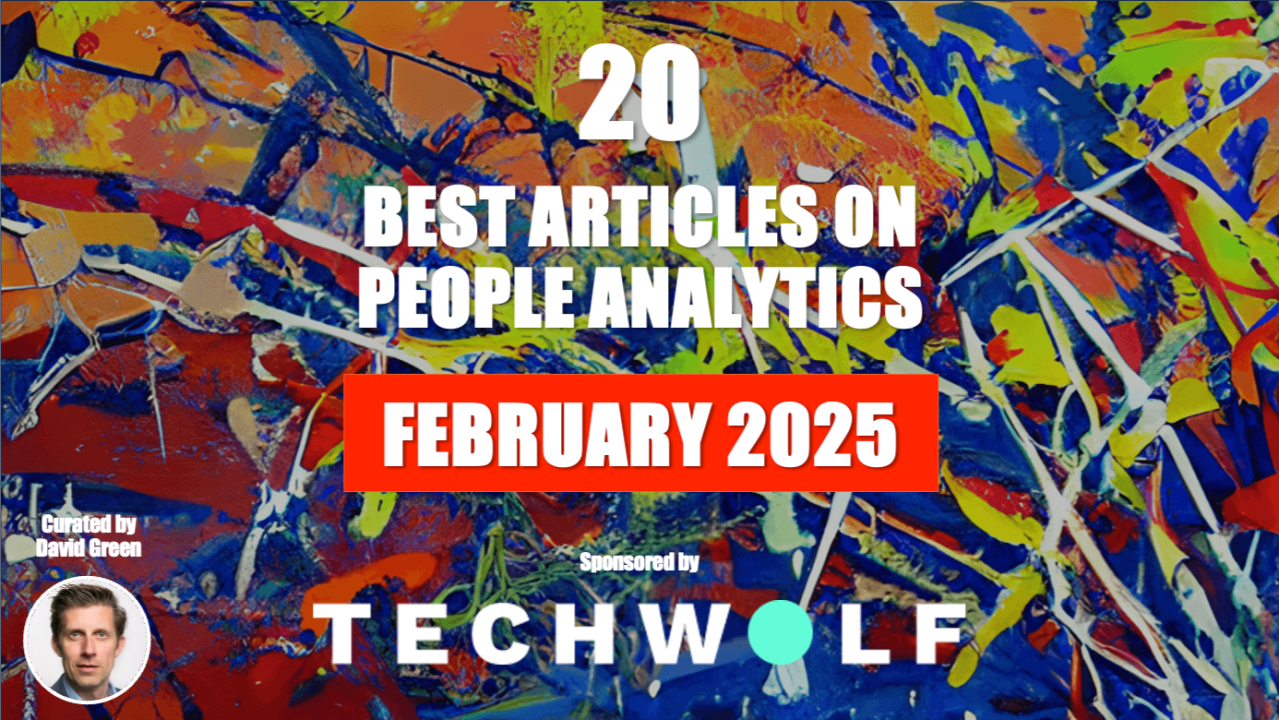 Hybrid Work
Hybrid Work
 Hybrid Work
Hybrid Work
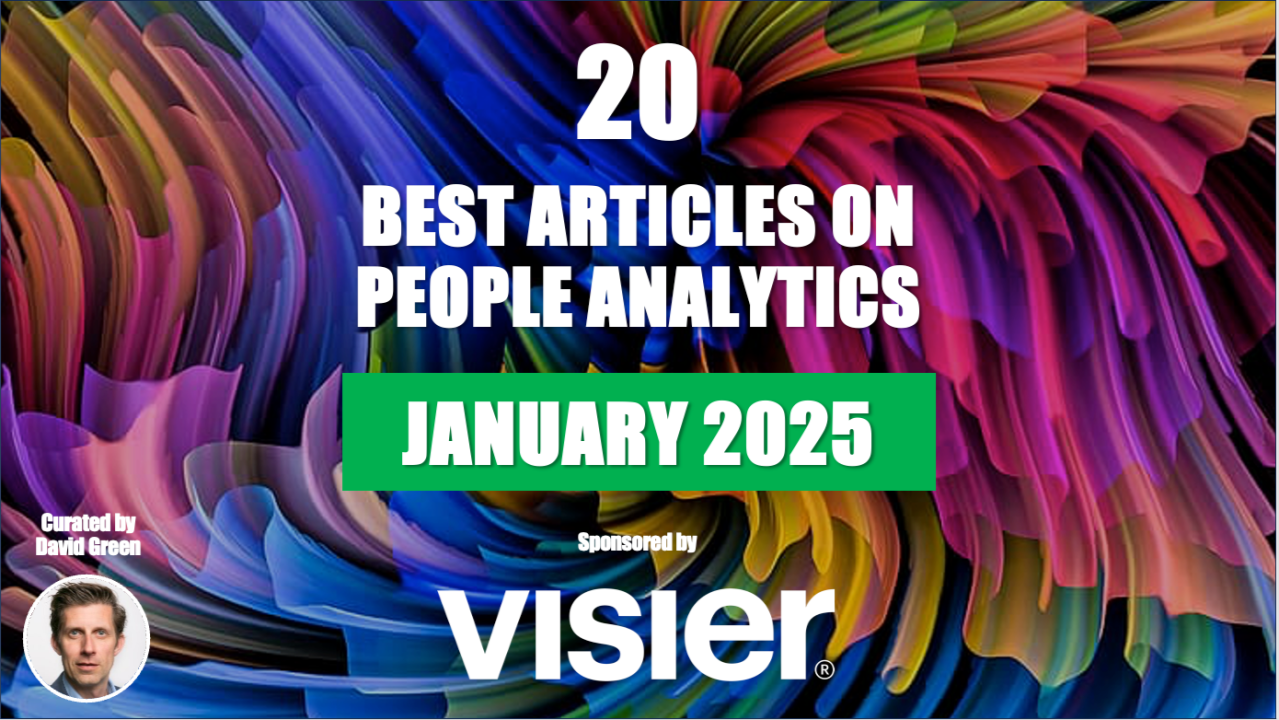 Hybrid Work
Hybrid Work
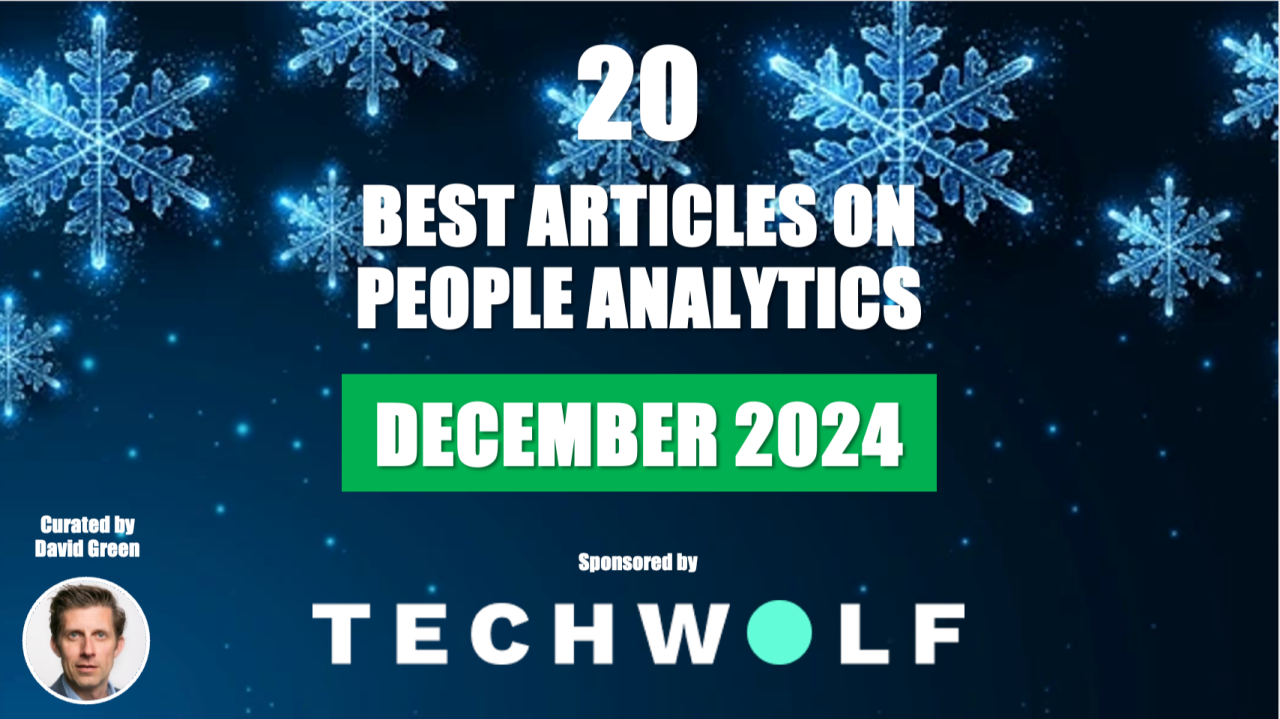 Hybrid Work
Hybrid Work





 扫一扫
添加客服
扫一扫
添加客服




